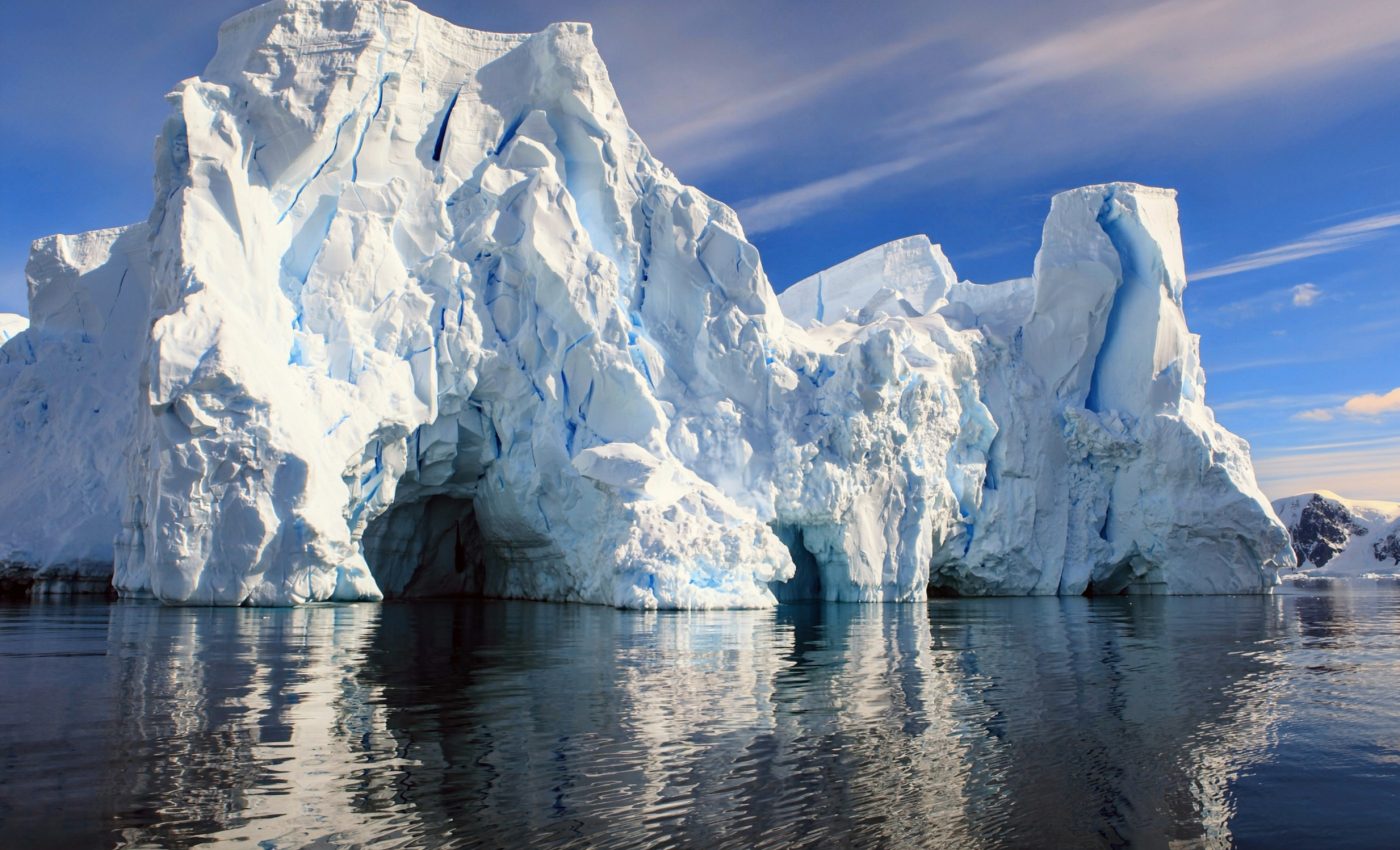
Can geoengineering save the Doomsday Glacier?
Recent studies on the Thwaites Glacier, infamously known as the “Doomsday Glacier,” have fueled discussions on potential solutions to mitigate climate change impacts, including controversial geoengineering approaches.
The glacier’s stability is pivotal because its collapse could lead to catastrophic sea level rise, threatening millions.
Accelerated melting of Doomsday Glacier
One key study, led by researchers from the University of California Irvine and University of Waterloo and published in May, highlighted how warming tidal currents are accelerating Thwaites’ melting faster than many models anticipated.
Situated along the marine edge of the West Antarctic Ice Sheet (WAIS), the Thwaites Glacier acts as a critical barrier. The glacier’s retreat, fueled by climate change, already contributes to 4% of global sea level rise, losing about 50 billion tons of ice annually.
The WAIS itself, a vast ice sheet sitting below sea level, could raise sea levels by nearly 11 feet if it collapses. This would have dire implications for major coastal cities and vulnerable island nations.
The potential breaching of Thwaites represents a tipping point – a situation where crossing a critical climate threshold leads to rapid, potentially irreversible changes.
Doomsday Glacier stability
Amid these concerning findings, a more recent study led by Dartmouth College and the University of Edinburgh offered a glimmer of hope. This study suggests that Thwaites may be less prone to a process known as marine ice cliff instability (MICI) than previously believed.
The MICI theory proposes that tall, retreating ice cliffs are inherently unstable and likely to collapse, leading to accelerated glacier loss.
However, the researchers found that thinning ice may, in fact, slow the calving process, potentially stabilizing ice cliffs. This discovery underscores the need for refined models to improve predictions about WAIS behavior.
Solutions to slow glacial retreat
The potential risks associated with Thwaites’ rapid melting have pushed scientists to consider geoengineering as a possible intervention.
Geoengineering involves altering the environment through technological and structural means to slow down or stop glacial retreat, even in the face of rising global temperatures.
A report from the University of Chicago’s Climate Systems Engineering Initiative, published in July, called for further research into glacier geoengineering as a response to the severe threats posed by rapidly receding glaciers.
John Moore, an Arctic Center professor and co-author of the report, stressed the challenges faced by such approaches: “it will take 15 to 30 years for us to understand enough to recommend or rule out any [glacier geoengineering] interventions.”
Radical geoengineering proposals
Among the proposed geoengineering strategies are large-scale interventions, such as constructing submarine curtains to block warm tidal currents from reaching glacier ice.
These curtains could be crafted from durable fabrics or created through a network of pipes releasing air bubbles to act as a barrier.
Gernot Wagner, a climate economist at the Columbia Climate School, highlighted the potential of such interventions when executed correctly.
“For some polar tipping points like Arctic sea ice and the WAIS, glacial geoengineering seems to be the only way for us to more or less guarantee that we can address these tipping points,” he said.
Concerns about geoengineering solutions
Despite the potential benefits, geoengineering has drawn criticism from glaciologists and climate experts who question its feasibility and warn that it may divert attention from critical emission-reduction efforts.
Concerns are that reliance on geoengineering could foster complacency, overshadowing the immediate need to reduce carbon emissions.
Wagner himself expressed mixed feelings, acknowledging that while the idea of using submarine curtains initially seemed “crazy,” it could also serve as a wake-up call.
“You can use it as a push to say, ‘wait, if serious people are talking about [using curtains] as a solution, maybe we should be taking it more seriously and cutting emissions much more.’”
Urgent need for emission reductions
Geoengineering, as Wagner succinctly put it, is not a cure-all. “When we talk about glacial geoengineering, we need to tell the truth, which is that it’s not a solution to climate change – at best, it’s a painkiller.”
This approach, while potentially buying time to stave off the most severe impacts, must be paired with aggressive measures to curb global emissions.
As research continues and new studies emerge, the fate of the Thwaites Glacier serves as a stark reminder of the delicate balance needed in addressing climate challenges.
While innovative solutions may offer temporary relief, the ultimate focus must remain on long-term strategies that promote sustainability and prevent reaching critical climate tipping points.
—–
Like what you read? Subscribe to our newsletter for engaging articles, exclusive content, and the latest updates.
Check us out on EarthSnap, a free app brought to you by Eric Ralls and Earth.com.
—–













